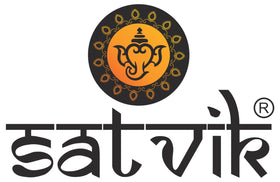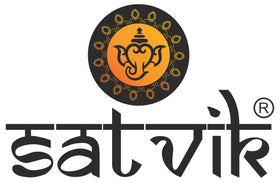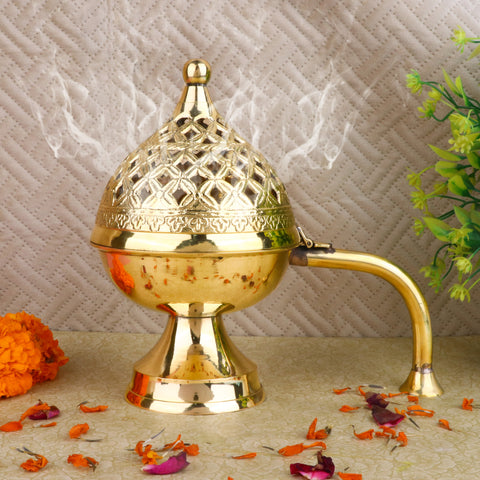Embrace the Colors: A Comprehensive Guide to Holi 2024
Embracing the Festival of Colors, commonly known as Holi, is a vibrant celebration observed by millions across the globe. This lively event, particularly significant in Southeast Asia, heralds the arrival of spring in the Northern part of India, offering an exciting opportunity for people to express emotions, mend relationships, and cast aside past grievances.
Historical Roots of Holi
Steeped in Hindu mythology, Holi has a compelling narrative featuring Holika, the aunt of Prahlada, a devoted follower of the Hindu god Vishnu. Confronted by Prahlada's refusal to cease worshipping Vishnu, Holika, along with her brother Hiranyakashipu, devised a plan to eliminate him. One version narrates how Holika, wearing a protective scarf, attempted to drag Prahlada into a bonfire. However, Prahlada's unwavering devotion allowed him to escape unharmed, while Holika perished in the flames. The lighting of bonfires on the eve of Holi symbolizes this victory of good over evil.
Timing of the Holi Festival
Holi is traditionally observed on the last full moon day of the lunar month (Phalguna), typically falling in March. This year, the festival is set to grace us with its vibrant festivities on March 25.
The Holi Festival Experience
The Holi Festival is an exuberant affair, characterized by large crowds, vibrant colored dyes, water guns, and lively music. Streets come alive as people joyfully dance and playfully hurl colored powder at one another. It is a time of unbridled joy, where inhibitions are shed.
Holi Celebrations in India
Welcoming spring, Holi signifies renewal and new beginnings. Rooted in mythological tales, this festival was traditionally confined to India and Nepal but has now extended its reach to North America and Europe, especially in communities with a significant Indian population.
Every Indian state has its unique way of celebrating Holi. The night before the festival sees the lighting of Holika bonfires, where people gather for songs, dance, and prayers. The following day is marked by the playful application of colorful powders and water, accompanied by spirited chases, water fights, and communal festivities.
Cultural Significance and Traditions
Holi, a Hindu festival with ancient origins, symbolizes the shedding of inhibitions and the commencement of a fresh start. Participants indulge in joyful revelry, sharing cultural exchanges. The bonfire on the first day symbolizes the purification of negativity, paving the way for a vibrant and positive future.
The colors thrown during the festival hold religious significance, representing new life or the cleansing of sins. Some view washing off the colors at night as a commitment to living well and purging oneself of evils.
Holi Fun Facts
- Holi is primarily celebrated in India and Nepal, drawing large crowds eager to immerse themselves in bright colors and water festivities.
- The festival signifies the triumph of good over evil, commencing with the symbolic bonfires.
- The vibrant colors of Holi represent equality, celebrating the diversity of spring.
- Food plays a central role in Holi celebrations, with parties featuring delicious treats.
- Bhang, a traditional intoxicating drink, is a popular part of Holi festivities.
- Beyond India and Nepal, Holi is celebrated globally, with diverse motivations ranging from religious observance to sheer enjoyment.
In Conclusion
The Festival of Colors, Holi, captivates millions worldwide, uniting people in joyous celebration. As vibrant hues fill the streets and colored powders dance in the air, Holi stands as a testament to the triumph of good, the spirit of renewal, and the exuberance of spring. This global festival, rooted in Hindu traditions, has become a shared celebration of color and joy across diverse cultures and continents.





















